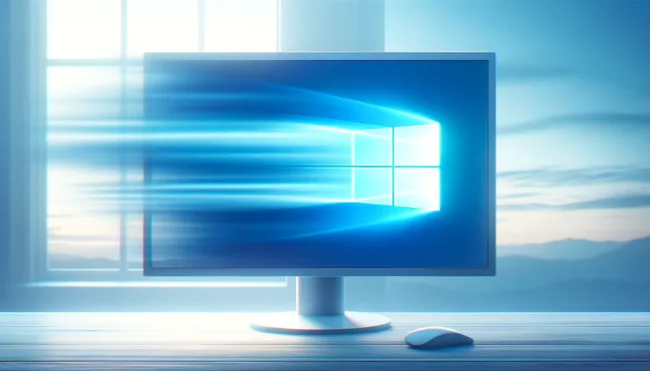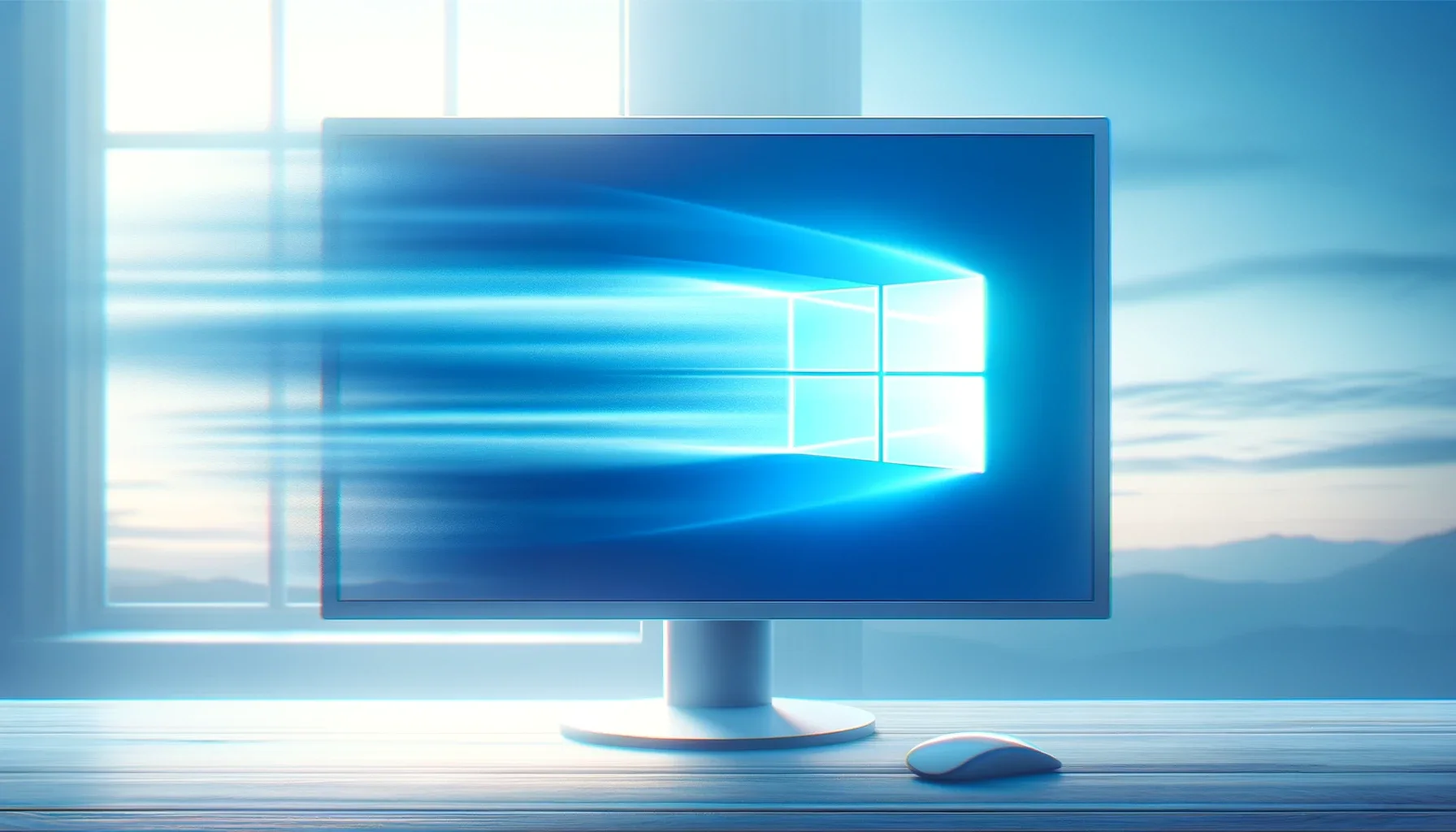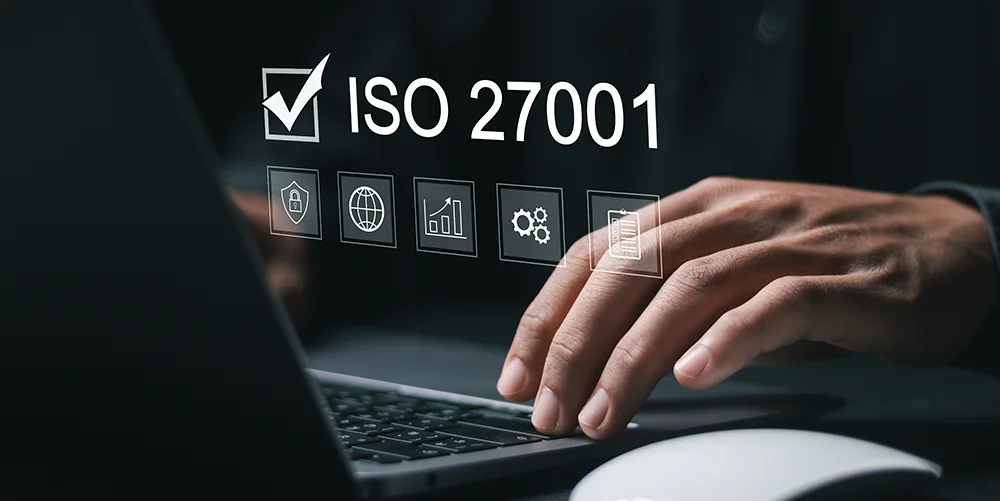Windows 10 End of Life: What It means and why you need to act now

Posted on February 3, 2025 by Louise Howland
It’s official: Windows 10 is reaching the end of the road this year. As of October 14th, 2025, Microsoft will officially stop supporting this Operating System. While October may feel like a long way off, it is just around the corner when it comes to IT planning. For months now, we’ve been advising organisations to start planning their transitions, but it’s not too late to take action if you haven’t already.

It’s important to recognise this isn’t just an optional upgrade. Once Windows 10 reaches End of Life, it will no longer receive critical updates, including vital security patches, leaving organisations exposed to cybersecurity risks. Now is the time to plan your move to Windows 11 (or explore alternatives).
At ramsac, we’re here to make this transition as seamless as possible. In this blog we explain what this change means and provide advice for how your organisation can prepare.
Why does the end of life for Windows 10 matter?
When an operating system goes end of life, it means the end of updates and support. From the 14th of October this will bring the following risks to organisations still using Windows 10:
- Cybersecurity risks Without regular security updates, any vulnerabilities in Windows 10 will remain unpatched, creating an open door for hackers to exploit. This is especially concerning for organisations handling sensitive data, such as those in finance, professional services, or the not-for-profit sector.
- Compliance issues Many compliance standards, such as GDPR, require businesses to use supported software. Continuing to run Windows 10 past its End of Life could make your organisation not compliant, risking fines or legal action.
- Decreased performance and compatibility As technology evolves, older systems become incompatible with new hardware and software. This can lead to performance issues causing your teams to become less productive as they battle with older technology.
- Limited support When things go wrong, operating systems that have reached their End of Life are no longer eligible for support. Leaving organisations to manage issues on their own, leading to costly downtime and disruptions.
Key dates to remember
The two key dates to focus on are as follows:

- January 14th-October 14th 2025: Final security updates will be released for Windows 10 monthly. This is your last chance to benefit from Microsoft’s regular patching cycle.
- October 14th, 2025: Full End of Life—no more updates, no more support.
It’s crucial to begin your transition now to avoid last-minute stress and ensure your organisation is prepared for a seamless migration.
How to prepare for Windows 10 End of Life
Transitioning from an operating system is no small task, but with the right planning, it doesn’t have to be overwhelming. It’s important to note that millions of devices currently in circulation won’t be able to upgrade to Windows 11 because they are too old and lack the hardware capability to support the new operating system. Organisations may need to factor in purchasing new laptops or other hardware as part of their migration planning. Here are the key steps to get started:
1. Audit your current IT estate – Take stock of all the devices in your organisation running Windows 10 to prioritise updates and replacements.
2. Assess hardware compatibility – Ensure your devices meet Windows 11’s stricter hardware requirements, upgrading where needed.
3. Plan for training – Prepare your team for Windows 11’s new features with targeted training sessions.
4. Work with IT experts – Engage experts to handle the planning, testing, and implementation for a smooth transition.
5. Consider your cybersecurity posture – Use this opportunity to enhance your IT security alongside the operating system upgrade.

The benefits of upgrading to Windows 11
Switching to Windows 11 isn’t just about staying compliant; it’s about unlocking new features that enhance productivity and security. Windows 11 is designed with modern cybersecurity threats in mind, offering advanced protection against phishing and ransomware. The new OS is optimised for speed and efficiency, ensuring better performance on compatible devices. Additionally, tools like Microsoft Teams integration and virtual desktop support make Windows 11 an excellent choice for hybrid work environments.
Let’s plan your transition together
The End of Life for Windows 10 is a significant milestone, but it doesn’t have to be a stressful one. With just 8 months to go, acting now will protect your organisation from security risks, ensure compliance, and position yourself to take advantage of the latest tools and technologies.
If you’re ready to start planning your transition to Windows 11 or need guidance on the best course of action for your organisation, get in touch with ramsac today. We’re here to help you every step of the way.
Get in touch with our team to discuss your upgrade strategy. Don’t wait until it’s too late!
How can we help you?
We’d love to talk to you about your specific IT needs, and we’d be happy to offer a no obligation assessment of your current IT set up. Whether you are at a point of organisational change, unsure about security, or just want to sanity check your current IT arrangements, we’re here to help.








